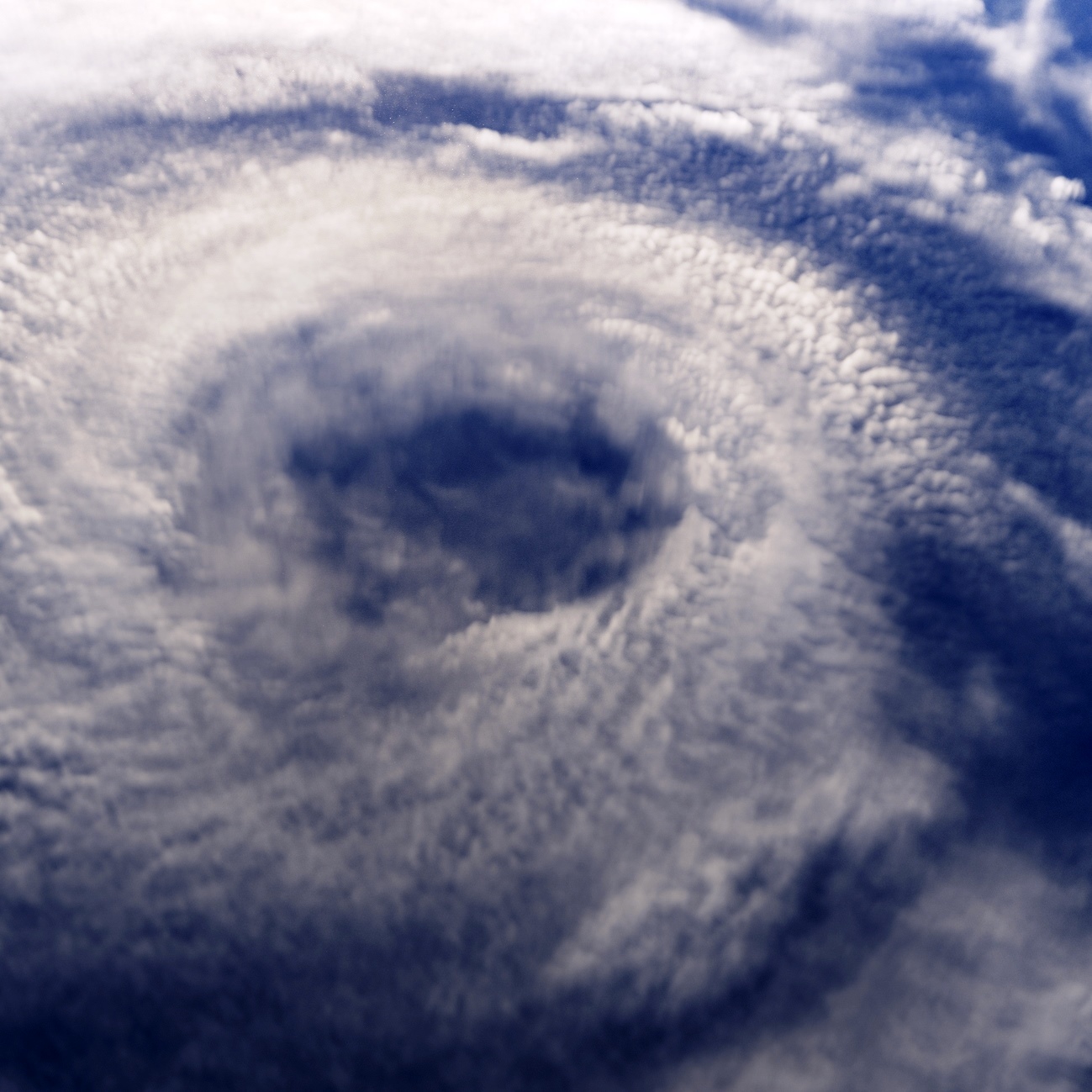Economy
Maria Moves on to Dominican Republic After Destroying Puerto Rico

Published:
Last Updated:

Hurricane Maria is moving on to the Dominican Republic after unleashing a torrent of wind and rain on the beleaguered island of Puerto Rico, which is still reeling from the fury of Hurricane Irma two weeks ago, as well as financial woes that predate this hurricane season.
Maria is a Category 3 hurricane with maximum sustained winds of 115 miles an hour, according to the National Hurricane Center. The storm was moving northwest at about nine miles per hour. As of the hurricane center’s 5 a.m. advisory, Maria was about 70 miles north of the tourist destination of Punta Cana in the Dominican Republic, and the storm will continue to lash the northeastern section of that country today. It is expected to pass near the Turks and Caicos later today. Maria may reach the southeastern Bahamas on Thursday night or Friday.
Though current modeling does not project Maria to directly hit the U.S. east coast, forecasters say it cannot be ruled out this far in advance.
Maria was the biggest hurricane to make landfall in Puerto Rico in a century and savaged the U.S. territory after devastating the Caribbean island of Dominica, a nation of 73,000 residents. The hurricane killed at least 14 people, and aerial images showed an island known for its lush rain forecasts denuded of vegetation.
Puerto Rico, where Irma left $1 billion in damage after striking the U.S. territory two weeks ago, was without electricity, and restoring power to everyone could take months, Governor Ricardo Rosselló said.
Puerto Rico may get an additional four to eight inches of rain today through Saturday, and isolated areas may get as much as 35 inches. The hurricane center said rainfall will continue to cause life-threatening flash floods and mudslides.
Even before this very active hurricane season, Puerto Rico was dealing with a prolonged recession and debt crisis.
Puerto Rico has a population of about 3.4 million, and its capital, San Juan, is home to 2.5 million people. Puerto Rico was ceded to the United States after the Spanish-American War in 1898, and Puerto Ricans became U.S. citizens in 1917. The commonwealth has held plebiscites to change its status, and among the options has been to vote for statehood. However, the current political status has prevailed.
Fueled by a favorable corporate tax structure that lured pharmaceuticals and other businesses to the island, as well as a booming tourist industry, Puerto Rico had one of the most robust economies in the region. But the tax preferences were fully repealed in 2006, and Puerto Rico has been mired in an extended recession.
Puerto Rico’s government owes $74 billion to bondholders and another $50 billion in pension obligations to teachers and other government employees. In May, it filed for the largest municipal bankruptcy in U.S. history.
The island has lost population since 2005, with many residents moving to the U.S. mainland. Unemployment soared to 16% in 2011, though it has tumbled to 10.1% through August.
The country’s gross domestic product is estimated at $131 billion.
Choosing the right (or wrong) time to claim Social Security can dramatically change your retirement. So, before making one of the biggest decisions of your financial life, it’s a smart idea to get an extra set of eyes on your complete financial situation.
A financial advisor can help you decide the right Social Security option for you and your family. Finding a qualified financial advisor doesn’t have to be hard. SmartAsset’s free tool matches you with up to three financial advisors who serve your area, and you can interview your advisor matches at no cost to decide which one is right for you.
Click here to match with up to 3 financial pros who would be excited to help you optimize your Social Security outcomes.
Thank you for reading! Have some feedback for us?
Contact the 24/7 Wall St. editorial team.